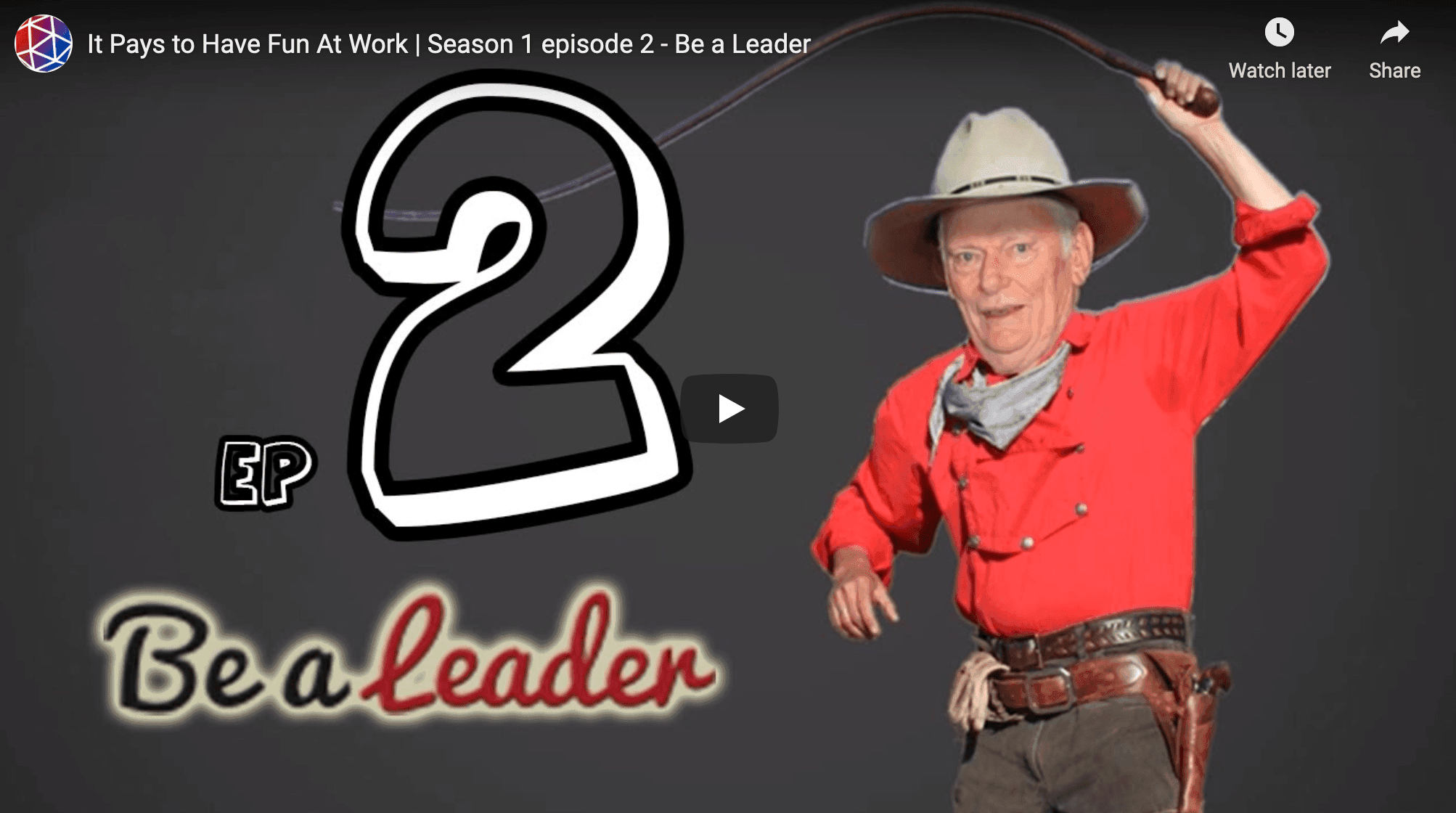The Pitfalls of Feedback in Leadership

In Malcolm Gladwell’s latest book, Talking to Strangers, he explores why we tend to get things so wrong when it comes to interacting with people we know very little, if anything, about.
Research into how we make judgement calls suggests that, on the whole, people are pretty poor at making judgement. One case in point in Gladwell’s book shows that even court judges get it wrong to a significant degree.
In an analysis of hundreds of cases, a computer program – fed only the facts of an offender’s details – was able to make decisions that were 25 per cent more accurate in determining a person’s likelihood of re-offending than seasoned court judges.
As the renowned author points out, it’s not that we should replace judges with machine-based decisions – that would lead to different kinds of problems. Our fallibility, argues Gladwell, is ultimately a price worth paying for living in a functioning civilised society.
Instead, Talking to Strangers makes the case for us to be more aware of our automatic judgements and how we tend to evaluate others in all kinds of problematic ways. In leadership, for example, the first stumbling block to giving feedback is that we often try to gauge a person’s abilities according to what we believe is an acceptable standard.

The trouble with that is that is leads to an arbitrary, and largely subjective appraisal. For example, if we take communication skills, we’re assessing someone on what is, arguably, an abstract concept. Unless there’s some standardised measurement, how can our evaluation be deemed reliable? It can’t.
Similarly, it’s the same story with teamwork, problem-solving, and potential, studies suggest that feedback given is a misrepresentation of an individual’s performance that comes from our own biases, pre-judgements and lack of understanding about what’s being assessed.
So, how can leaders get around this tendency to provide unhelpful feedback?
Firstly, it’s useful to understand that people learn better when the focus is on what they’re doing well and how their strengths might be applied to other areas of their role.
You may be interested in: Let’s Lead People to be Their Best Selves
Contrary to received wisdom, people’s capacity to learn is diminished when leaders focus on their shortcomings. This idea is thoroughly explored in Prof. Richard Boyatzis’ latest book, Helping People Change.
Another key insight into understanding how we learn shows that the age-old advice to ‘get out your comfort zone’ doesn’t work as well as we thought.
People are more creative and productive where they feel most comfortable – when we’re far-removed from our comfort zone, our fight-or-flight response kicks in and we become focused solely on surviving the experience.
Keeping those points in mind, let’s take a look at three techniques that leaders can incorporate into their feedback conversations, which should help employees to feel valued through their contributions and supported in their professional growth:
1. Ditch the feedback sandwich for constructive conversation
The problem with the ‘feedback sandwich’ – one piece of criticism placed between two pieces of positive feedback – is that employees will invariably hear the criticism most loudly. Furthermore, the ‘sandwich’ technique is blatantly obvious, and the positive feedback sounds insincere even when it isn’t.

Image source: www.brightcarbon.com
Instead, leaders should focus on the employee’s strengths and what they do well, inviting the employee to reflect on any areas where they think there’s room for improvement. Of course, that requires insight and leaders can give a helpful nudge where needed. The point is to allow the employee to explore their weaker points, rather than the leader’s own projections to assume what those might be.
2. Where criticism is needed, focus on the behaviour – not the person
If great leadership is built on effective communication and supporting others, it stands to reason that the object to any sort of feedback is to help build someone up rather than knock them down.
If there are any glaring issues regarding an employee’s performance (e.g. poor timekeeping, consistently unmet targets), ask the employee what support they think would help alleviate the issue.
Do they need more training? Would flexi-hours be an option? What can you, as their leader, do for them to enhance their performance?
3. Offer to develop a collaborative action plan for improvement
If an employee suggests they’d find some extra training to be helpful, don’t just leave it there and promise to revisit the idea further down the line.
Work with the person to come up with a plan: what kind of training would they benefit from, specifically? How would they go about receiving this? What about the timeline? When would a review be arranged to check-in on the employee once the training is completed?
If feedback is to be worthwhile, there has to be shared accountability to ensure that the employee – and, in turn, the organisation – benefits from what’s been discussed and agreed upon.
Read also: The Best Way To Give Tough Feedback
Leadership







